Westringia, the tough little Aussie.
Westringia ( Coastal Rosemary ) is an Australian Native plant suited to any type of garden. It is tough, hardy, drought tolerant once established, stands up to wind and salt spray, and still comes through smiling and flowering like a champion in a Miss Universe contest. These plants are used a lot around Sydney Harbour for the reasons described above, but they still benefit and look better from regular water, a little fertilizer, and a good trim every so often to keep the plant more compact. There are several varieties of Westringia, but the common ones grow to around 1.5 to 2 metres tall. The flowers are usually in shades of white or blue, and are very attractive, and adorn the plants year round., and the bees and butterflies love them. Plant them in a Sunny position for best results. These plants were growing around the Harbour foreshore.
Note - this plant is not Rosemary ( the culinary herb ), this is only the common name. To comment on the correct plant, always search for the plant using the Botanical name - Westringia .
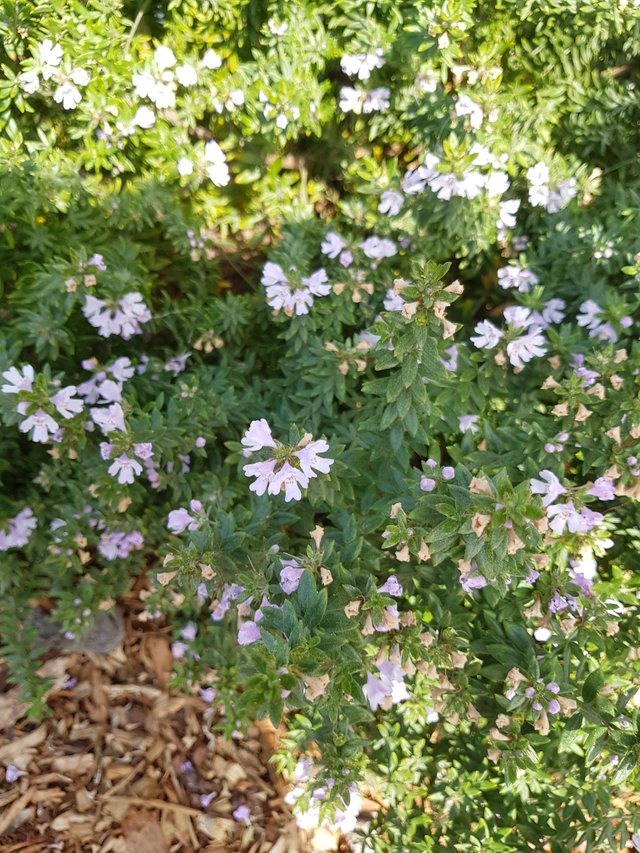
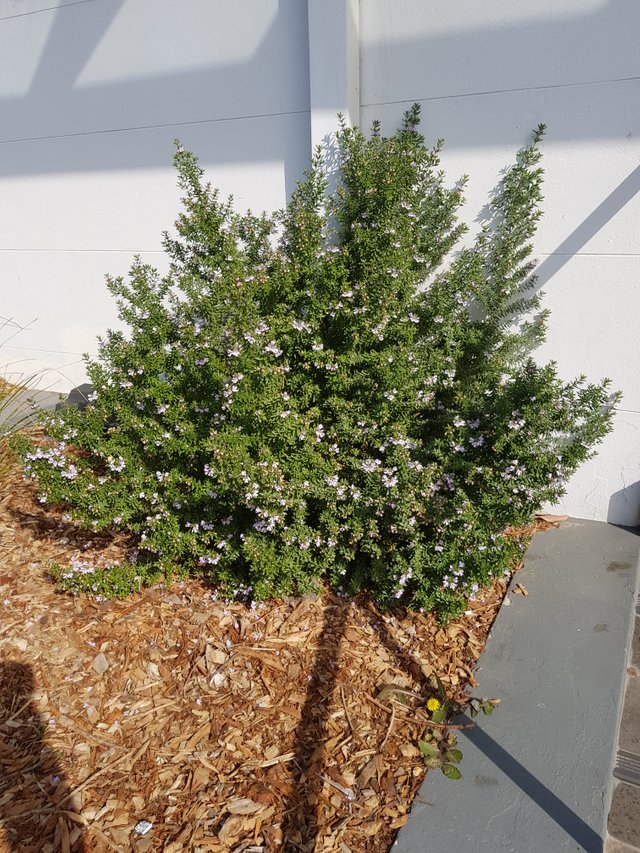
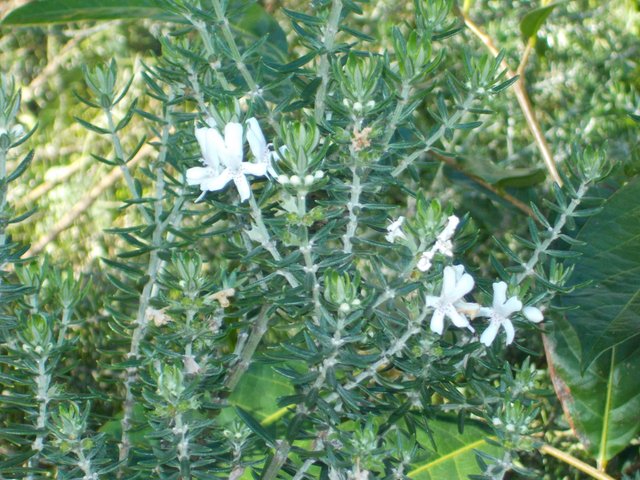
Coast rosemary naturally occurs in southeast Australia where it is native to sand dunes and coastal bluffs in both sandy and alkaline soils, and where it endures daily wind and salt spray. It is a fine textured evergreen shrub mounding 5-6 ft. tall, capable of spreading 5-8 ft. wide.
Small rosemary-like leaves grow to 1/2 in. long, are pale green above, white below and occur in whorls on whitish stems. Small white flowers occur at the tips of branches where they provide modest accent character during spring and intermittently throughout warm periods of the year.
The Coast rosemary is a fast growing species that is valued in Inland Empire landscape and gardens as a foliage plant that is attractive when clipped or unclipped. Plant in sunny locations, in well-drained soils and reduce watering during the summer. It is a reliable shrub with few pests or problems, and tolerant of temperatures to 10-15°F.
Cultivars include: Westringia 'Morning Light' has yellow-green foliage with white margins and white flowers, grows 3 ft. tall, 4-6 ft. wide,
and Westringia 'Smokey' grows to 5-6 ft. tall and as wide with pale gray foliage and white flowers.
Resources
Fav. comment Award !! Great Pics and information, thanks.
Thank you @ctrl-alt-nwo!
Have a great day!
A tough, small growing Australian native shrub with a compact, dense growth habit, introduced as an alternative to English and Japanese Buxus. Leaves are attractive, small, pale green maturing to emerald green, growing in whorls around the stems.
Pretty, pale mauve flowers appear during Spring and Autumn. Grows in full sun to part shade, developing a tighter habit in full sun. Tolerates a wide range of soils and conditions, growing in sandy loams to clay loams.
Withstands drought once established as well as heat, humidity, frost and salt spray. Best suited to arid Mediterranean climates. Clip every 12-18 months to form a tight hedge or leave to grow naturally to form a neat, ball-shaped plant.
Perfect in low maintenance mass plantings, borders/hedges, coastal sites and water-wise gardens.
Source
Westringia is a genus in the Mint Family with about 3 species, all endemic to Australia. Together with the closely related Prostanthera they are often called the Mint Bushes and many are used as ornamental plants in the garden. Westringia, which can be differentiated from Prostanthera by its leaves arranged in whorls and calyces with 5 distinct lobes while Prostanthera has a caylx with 2 lobes and leaves that are opposite. Westringia has a natural distribution throughout each state in Australia except the Northern Territories. They are generally tough plants and useful as large scale tall groundcovers, specimen plantings or for formal or informal screens. They have attractive whorls of small leaves that are usually a light gray-green color with some cultivars being attractively variegated. The flowers, which usually are most profuse from late winter to early summer color from white to light lavender though some can bloom year round in coastal climates. They grow best in full sun but some can tolerate a varying amount of shade and while fairly drought tolerant most of the cultivated forms come from the more mesic climates of eastern and south eastern Australia and appreciate irrigation in summer.
Small-leafed Westringia - An upright growing dense shrub 5-6 ft tall by 2-3 feet wide with gray-green 3/4 inch long narrow leaves whorled in sets of fours around slightly hairy branches. The large wide open flowers are a very pale violet to white. Very tolerant of diverse conditions from sandy to clay soils, wet or dry in sun or shade. This plant grew originally where the city of Hobart, Australia now stands
https://www.smgrowers.com/info/westringia.asp
All of these Westringias are bread in Australia from originally native plants and are tough, drought resistant and tolerant of cold conditions. They will grow in light shade to full sun, coastal positions and in virtually any reasonably well drained soil. Requiring virtually no care requirements, they have the added bonus of flowering against their appealing foliage. A little trimming to shape is recommended, although even left alone they remain compact and true to shape. Feed with a good quality slow release fertiliser in spring. These plants are a great alternative to Buxus and many other choices, establishing quickly and suffering virtually no disease or problems often associated with difficult locations.
Source: https://www.palmers.co.nz/westringia-the-perfect-hedge/
Westringia 'Edna'
Source
Plants of the Westringia variety are another highly versatile Australian native that suits a wide variety of uses ranging from expansive groundcover, to colourful formal hedges, box gardens, retaining walls or as an ornamental shrub.
Westringia will retain a healthy bushy appearance for many years without developing the woody appearance that spoils some groundcover plants.
Westringia fruticosa 'Naringa'
Source
The westringia varieties feature dense, fast-growing foliage with delicate mauve, blue-purple or white flowers with contrasting red or brown spots near the throat of each flower. The grey to deep green leaves form attractive whorls around the stem.
Westringia usually flower prolifically, often throughout the year, and also respond well to pruning.
Westringia 'Wynayabbie Gem'
Source
The popular Westringia owes its common names, ‘native rosemary’ or ‘coastal rosemary’, more to the shape of its leaves than any distinctive aroma. The leaves are often covered with an attractive contrasting grey or white velvety sheen.
Westringias are part of the mint family (Lamiaceae) but neither the leaves nor the flowers have a strong aroma.
Westringia 'Fructicosa'
Source
The name westringia is a reference to the 19th century Swedish lichen authority and royal physician, Johan Peter Westring.
Text Source
All of these Westringias are bread in Australia from originally native plants and are tough, drought resistant and tolerant of cold conditions. They will grow in light shade to full sun, coastal positions and in virtually any reasonably well drained soil. Requiring virtually no care requirements, they have the added bonus of flowering against their appealing foliage. A little trimming to shape is recommended, although even left alone they remain compact and true to shape. Feed with a good quality slow release fertiliser in spring. These plants are a great alternative to Buxus and many other choices, establishing quickly and suffering virtually no disease or problems often associated with difficult locations.
https://www.palmers.co.nz/westringia-the-perfect-hedge/
Thank you for posting @ctrl-alt-nwo.
Appreciate learning the botanical name.....'Westringia'.
Lovely photographs of this lovely plant in it's flowering season.
All the best to you.
Cheers!
These Westringias are bread in Australia from initially local plants and are intense, dry spell safe and tolerant of cool conditions. They will develop in light shade to full sun, seaside positions and in for all intents and purposes any sensibly all around depleted soil.
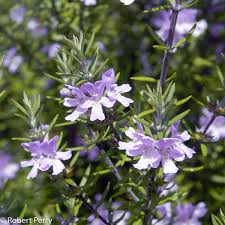
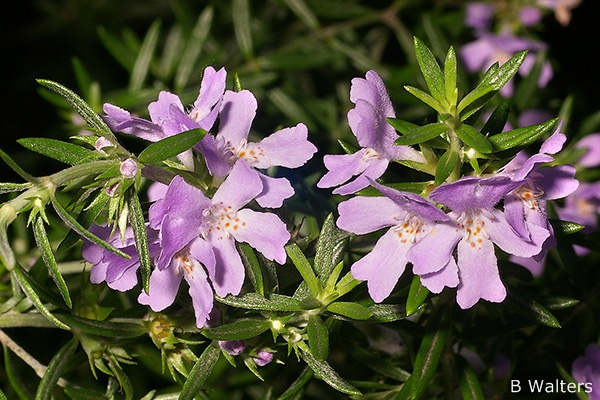
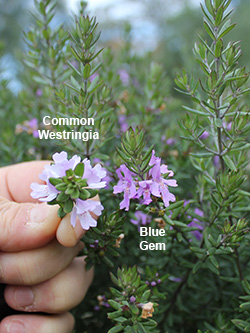
Requiring for all intents and purposes no care necessities, they have the special reward of blossomingagainst their engaging foliage. A bit of trimming to shape is suggested, albeit even taken off alone they stay smaller and consistent with shape. Feed with a decent quality moderate discharge manure in spring.
These plants are an awesome contrasting option to Buxus and numerous different decisions, building up rapidly and enduring practically no malady or issues frequently connected with troublesome areas.
References12 34